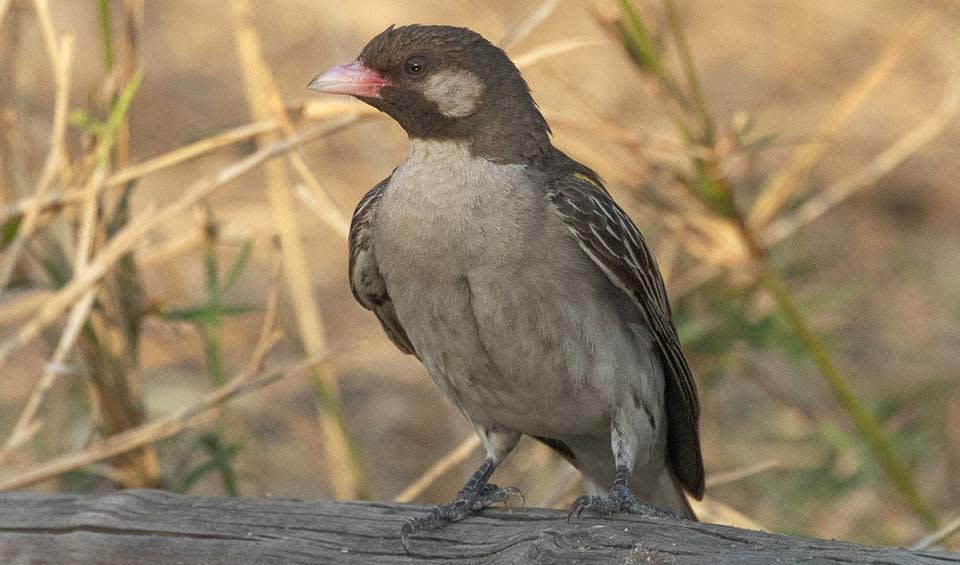Indicator
This genus contains the birds that guide humans to honeycombs
The genus Indicator, commonly known as honeyguides, is a member of the near passerine clade. These birds are native to the Old World tropical regions of Africa, the Middle East, and Asia. The name “honeyguide” is derived from the behavior of certain species, such as the greater honeyguide, which are known to lead humans to bee colonies. This unique interaction is mutually beneficial: humans gain access to honey, while honeyguides feed on the beeswax, and insects are exposed when the nest is broken open.
Honeyguides have evolved an extraordinary breeding strategy: they are brood parasites. This means they do not build their own nests but instead lay their eggs in the nests of other bird species, often hole-nesting birds like barbets and woodpeckers. The female honeyguide is remarkably precise in this behavior, laying one egg per day over five to seven days, carefully timing her parasitism to give her offspring a competitive advantage.
Once hatched, the young honeyguide is equipped for survival in a hostile environment. Notably, nestlings of some Indicator species are known to have sharp hooks on the bill when they hatch. These hooks are not a permanent feature; they fall off after a few days. However, during their brief presence, they serve a grim purpose: the honeyguide chick uses them to kill the host species’ offspring, thus eliminating competition for resources.
Indicator species exhibit a remarkable level of specialization in their feeding habits. While they are named for their association with beeswax, their diet is quite varied and includes a range of insect larvae, wax, and sometimes even fruit. Their digestive system is uniquely adapted to process wax, a food source few other birds exploit.
Their interaction with humans is one of the most striking aspects of the honeyguide’s behavior. The mutualism between humans and the greater honeyguide is well-documented, with the birds actively seeking human partners to guide them to bee nests.
Species in this genus
Greater honeyguide
The master hunter and the bane of the bees


